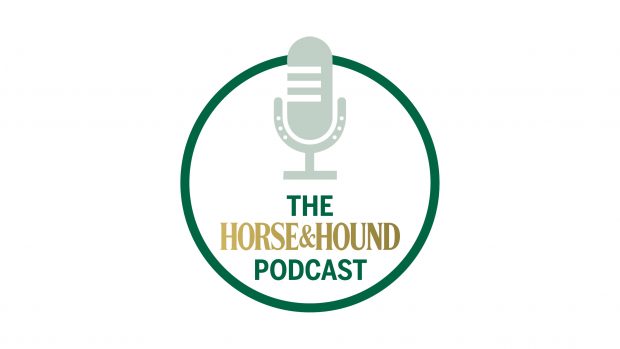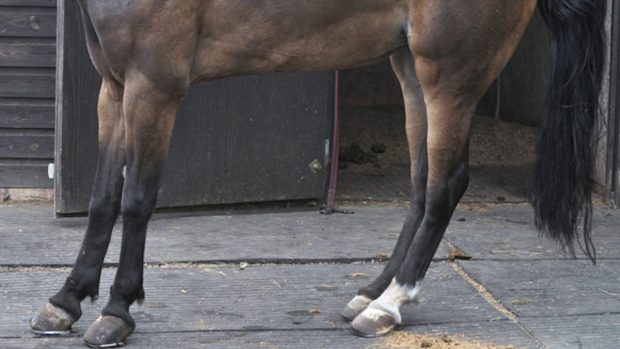A US trial to test the effectiveness of natural remedies in helping equines with Cushing’s disease has discovered that the chasteberry plant (vitex agnus castus) could be effective in treating many cases.
The research into the treatment of 10 horses – aged between 13 and 23 – all suffering from symptoms of Cushing’s, took place over several months from winter through summer last year.
The report was published in the December issue of Horse Journal, a monthly equestrian publication in America.
Cushing’s syndrome is a collection of clinical symptoms, which are the result of hormonal imbalances. These are caused by overactivity of the pituitary gland or a tumour in the gland itself.
The most commonly recognised sign of Cushing’s is an abnormally long, thick curly or coarse hair coat that does not shed in the spring.
Chasteberry has already been used in Europe to control a variety of human reproductive problems, including PMS and menopause symptoms.
British manufacturer Equine Health & Herbal’s chasteberry-based product Hormonise was selected to be used in the trial and, in all 10 cases, improvement was found, with a rapid shedding of the abnormal coat and improved energy levels.
Typical symptoms of Cushing’s include:
- An abnormally long hair coat
- Thick curly hair that does not shed in spring
- Muscle wasting/ loss
- Sagging “pot – belly
- Laminitis
- Depression or low energy levels
- Increased thirst
- Increased urination
- Abnormal fat deposits
- Enlargement of mammary glands in mares
- Eye tumours, blindness
NB: horses suffering from Cushing’s need expert supervision and treatment in consultation with your vet.




